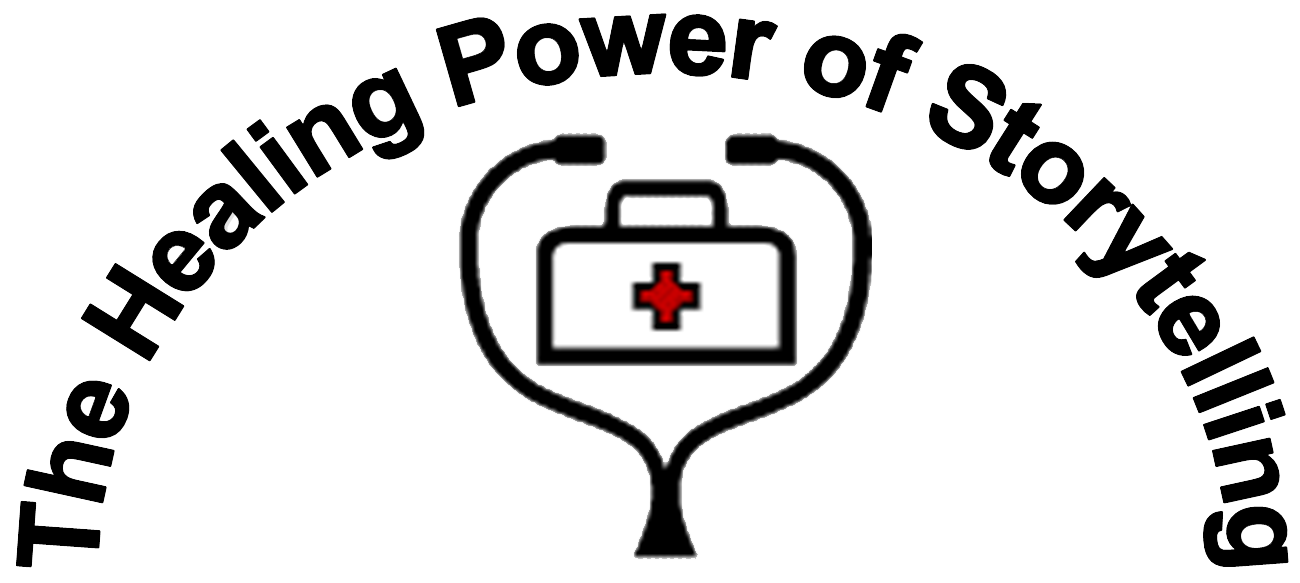
Storytelling is almost the
oldest art in the world, the first conscious form of literary
communication. In many cultures it still survives, and it is not an
uncommon thing to see a crowd at a street corner held by the simple
narration of a story. There are signs of a growing interest in this
ancient art, and we may yet live to see the renaissance of the
storyteller and the troubadour. One of the surest signs of a belief
in the educational and healing powers of the story is its
introduction into the therapy methods available to mental health
practitioners, social workers and educators. It is just at the time
when the imagination is most keen, the mind being unhampered by
accumulation of facts, that stories appeal most vividly and are
retained for all time.
Long before pen was set to
paper, fairy tales, legends and stories existed as a means to
transfer knowledge from one generation to another. Spreading
knowledge through stories was both entertaining and educational.
Religious leaders throughout time have used many metaphors and
parables to teach valuable lessons of morals and ethics.Some modern
practitioners believed that such stories contained symbolic messages
which spoke to the unconscious of the listener. These messages and
symbols (anchors) appeared to come from the unconscious of the
author, since there is little evidence that, with the possible
exception of fables, the purpose of such stories was to talk to the
unconscious.Others believed that one's unconscious does understand
fairy tales on a symbolic level, picking a favorite fairy tale
because it mirrors one's life script.
Therapeutic stories are
particularly helpful for use with angry, uncommunicative children who
are very resistant to therapy. When a child will not talk during the
initial therapy sessions, the therapist should read the therapeutic
stories aloud to the child without explanation. Even when the child
makes an effort to consciously ignore the stories, metaphors
carefully selected by the therapist will be heard and heeded by the
child's unconscious.The conscious mind does not need to understand a
therapeutic story for the unconscious mind to understand the healing
message it holds It is so much better to be able tell a story to a
new therapy client who is resistive than to sit in silence or turn
your back on them until they decide to talk.It is felt that many
children who could have been helped by therapy are lost during these
first sessions because the therapist did not understand how to get
around their resistance by talking to their
unconscious.
As the child heals and
changes, new stories should be added to deal with new problems that
become evident. In many children, dramatic changes in body language,
facial expression, choice of clothing and behavior at school will be
evident several weeks after the stories have been used.Some parents
will be unwilling to concede that the stories have been responsible
for helping create the change, although they have no other
explanation.
Adults also benefit from the
stories read in the therapy session. The stories are particularly
powerful when adults, as parents, read to their children tales which
speak also to the unconscious of the adult. Many parents read the
stories aloud to all of the children in the family, creating healing
and more positive functioning in all who hear. Parents who are incest
survivors themselves often consciously understand the messages
contained in the stories. Other parents will not have conscious
resistance to stories that they believe are only to heal their
children. Stories that promote healing, self-love, and
self-understanding, therefore, can be beneficial to all family
members.
Courtesy of
Shalom Counseling
This site is © Copyright Project Shalom 2006-2019, All Rights Reserved.

